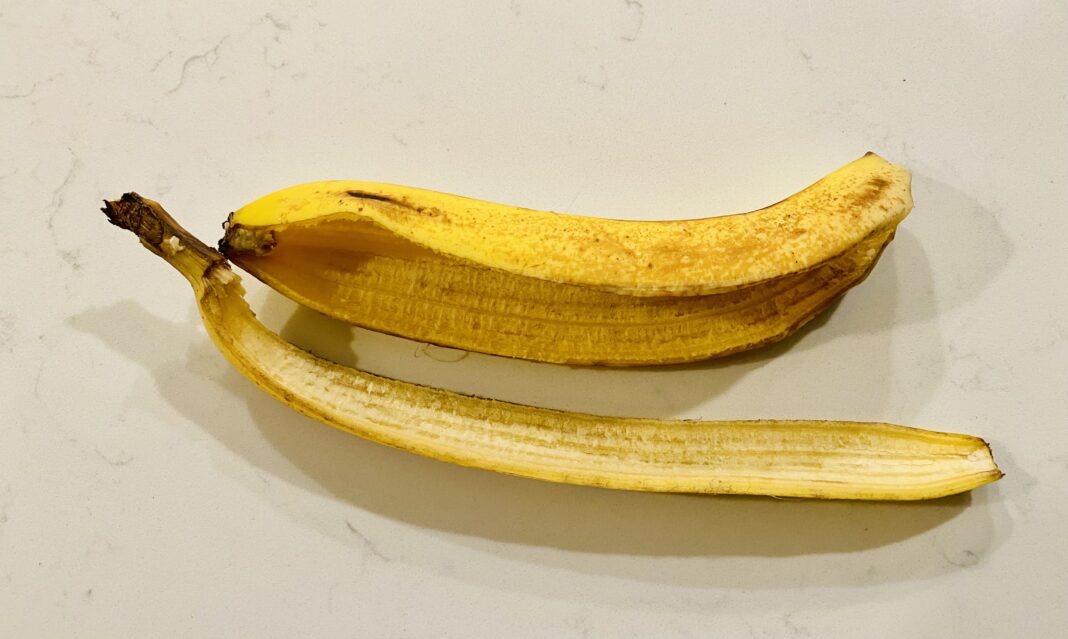Many companies hope to make bioprocessing greener. One is Genentech’s increasing use of recycling and sustainable energy. Beyond recycling, bioprocessors might reuse waste. More than powering Doc Brown’s DeLorean in Back to the Future, banana peels, for example, could fuel the manufacturing of some biopharmaceuticals.
Scientists in India collected vegetable waste—pea pods, orange rinds, banana peels, and more—from roadside markets to make a culture medium for growing red yeast. From the yeast, the scientists extracted carotenoid pigments. As the scientists note: “Natural carotenoids are well known for their anti-oxidant property and also shown to have antimicrobial and anticancer efficacy.”
In testing, the extracted carotenoids reduced the proliferation of cultured triple-negative breast cancer (TNBC) cells. When tested against healthy human cells in culture, though, the carotenoids produced what the researchers described as “insignificant cytotoxicity.” As the scientists point out: “This is the first report on anti-breast cancer activities, particularly targeting TNBC cells by red yeast carotenoids (β-carotene, torulene, and torularhodin) produced via a sustainable environment-friendly bioprocess utilizing waste hydrolysate.”
Other scientists explore additional ways to use waste in bioprocessing. Recently, one multinational team of scientists based in Asia described an insect biorefinery. Here, insects—from houseflies and grasshoppers to meal worms and silkworms—feed on waste and can produce byproducts that range from bioenzymes to fertilizer. The scientists claimed that such an insect biorefinery is “a promising sustainable approach for waste management while producing valuable bioproducts feasible to achieve circular bioeconomy.” (As described here recently, insects play other roles in bioprocessing as well.)
So, across biotechnology, including bioprocessing, waste might be reused to fuel processes or even be turned into products. That’s about as green as it gets.


